After an accident, one of the first worries people often have is: “What if I was partly to blame? Does that mean I can’t recover anything?” This is a common concern, and it’s understandable—nobody wants a small mistake to take away their right to compensation.
The truth is that accidents are rarely black and white. In many cases, more than one driver or party contributes to what happened. This is where the concept of partial fault comes in. Understanding how partial fault is handled is crucial, because it directly affects whether you can recover damages and how much compensation you may receive.
The good news is that in most states, being partly responsible doesn’t automatically prevent you from pursuing a claim. Different states follow different negligence laws, but many allow injured people to still recover compensation—just reduced in proportion to their share of fault. Knowing these rules can make all the difference in protecting your rights after an accident.
Understanding partial fault
When someone is partially at fault in a car accident, it means more than one party contributed to what happened. In plain terms, you didn’t cause the crash entirely by yourself, but your actions played some role. For example, perhaps you were speeding, but the other driver was texting and drifted into your lane. Or maybe you switched lanes without using a signal, and another driver—who ran a red light—collided with you. Those are situations where blame may be shared.
Insurance companies, courts, and juries typically assign a percentage of fault to each party, based on the evidence. They look at things like traffic laws violated, skid marks, accident reconstruction, witness testimony, and roadway conditions. If you’re found 30 % at fault and the other driver 70 % at fault, your compensation award will be reduced by your share of responsibility. In that example, you’d recover 70 % of the damages. In some states, if your fault exceeds a threshold (say 50 %), you may be barred from recovery entirely. Because each case is unique and state laws vary, having an attorney help you present the strongest case is essential when partial fault is at issue.
Comparative negligence vs. contributory negligence
When courts or insurance companies assign blame in an accident, two major legal frameworks are used: comparative negligence and contributory negligence. These systems determine whether you can recover damages and how much compensation you may receive.
Comparative negligence (most states)
Comparative negligence spreads responsibility between all parties involved. Your compensation is reduced by your share of fault. There are two main approaches:
- Pure comparative negligence – You can still recover damages even if you are 99% at fault, though your award will be reduced by your percentage of responsibility. For example, if damages total $100,000 and you are 80% at fault, you can still receive $20,000.
- Modified comparative negligence – You may only recover if your share of fault is below a specific threshold (usually 50% or 51%, depending on the state). If you are above that percentage, you cannot collect damages at all.
Contributory negligence (few states)
Contributory negligence is far stricter. In states that follow this rule, if you are even 1% at fault, you may be barred from any recovery. For instance, if you crossed outside a crosswalk and were hit by a driver who was speeding, your small share of fault could prevent you from collecting compensation—even though the other driver was mostly to blame.
How partial fault affects your compensation
When you’re found partially at fault for an accident, your damages award is reduced to reflect your share of responsibility. In other words, the total amount someone might otherwise receive is cut down proportionally. For example, if a court or jury determines your total damages are $100,000 but assigns you 30 % of the fault, then your recoverable amount drops by 30 %. That means you’d take home $70,000 rather than the full sum.
Insurance adjusters and defense attorneys often rely heavily on fault allocation to limit payouts. They may argue for a higher percentage of blame for you—pointing to minor errors or lapses—as a strategy to reduce what they owe. In practice, small percentage differences can lead to very large changes in compensation. Because of that, careful investigation, expert accident reconstruction, and skillful advocacy matter a great deal when partial fault is in play. If your share of fault is overstated, you may lose thousands or tens of thousands of dollars. In jurisdictions with strict thresholds (in modified comparative states), reaching a certain level of fault may even bar you from any recovery at all. This is why working with a knowledgeable attorney is crucial to protecting your rights and minimizing the impact of partial fault.
Steps to take if you’re partially at fault
Step 1 - Do not admit fault at the scene
Avoid saying anything that could be interpreted as taking blame, even casually. Stick to the facts when speaking to the other driver, police, or witnesses.
Step 2 - Gather evidence immediately
Take photos of the vehicles, damage, skid marks, traffic lights or signs, and the surrounding area. Collect witness names and contact information. Request a copy of the police report for your records.
Step 3 - Contact an attorney early
Reach out to a personal injury lawyer as soon as possible. An attorney can guide you, protect your rights, and prevent you from making mistakes that might harm your case.
Step 4 - Let your lawyer handle insurance negotiations
Insurance companies often try to assign a higher percentage of fault to reduce payouts. Your attorney can negotiate on your behalf, challenge unfair assessments, and fight to maximize your compensation.
Why legal representation matters
-
Knowledge of state negligence laws
Lawyers understand the specific negligence rules in your state, including how courts interpret comparative vs. contributory negligence.
-
Challenging unfair fault assignments
Attorneys can review evidence, cross-check accident reports, and dispute exaggerated claims that put more blame on you than is fair.
-
Maximizing compensation
Even if you share some responsibility, a skilled lawyer works to reduce your fault percentage and ensure you still recover the highest possible amount.
-
Protecting against insurance tactics
Insurance companies often try to shift more blame onto victims to minimize payouts. An attorney pushes back and negotiates on your behalf.
-
Securing fair outcomes
With professional advocacy, you are less likely to lose money due to overstated fault or misapplied legal standards.

Think Before You Post: How Social Media Can Hurt Your Accident Claim
Sharing accident updates on social media may feel harmless—but insurance companies and defense attorneys can use your posts against you. Learn why posting after an accident is risky and how to protect your personal injury claim. read more
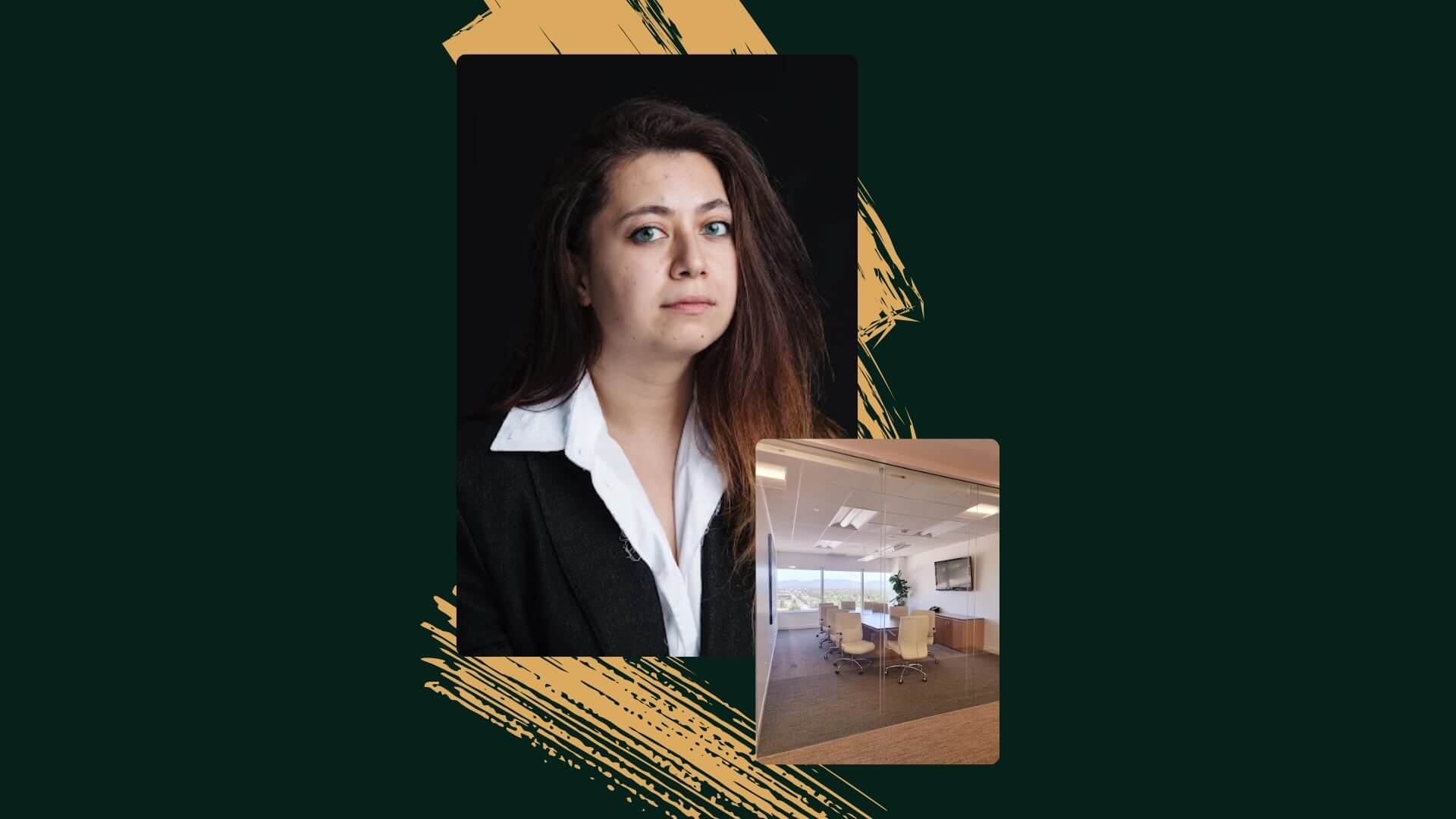
Why Shiganian Law is the Top Personal Injury Firm in Sherman Oaks and Encino
Shiganian Law delivers expert personal injury representation with a proven track record. Led by Isabel Shiganian, we offer personalized service, direct communication, and results-driven advocacy. No fee unless we win. read more

Hidden Injuries That Can Arise After a Car Accident — and What to Do Next
Learn about hidden injuries that can arise after a car accident. Comprehensive guide covering injury types, injury settlements, and steps to take after an accident. read more

How Dashcam Footage Can Completely Change Your Car Accident Claim
Discover how dashcam footage can transform car accident claims by providing clear evidence, resolving disputes, preventing fraud, and expediting insurance settlements. read more

Bitten But Blamed? How Insurance Companies Shift Fault in Dog Bite Claims
Discover how insurance companies shift blame in dog bite claims, the legal protections for victims in California, and steps to defend against unfair accusations. read more

What Is Considered a Catastrophic Injury in Personal Injury Law?
Understand catastrophic injuries in personal injury law - definitions, impacts, causes, and why specialized legal help is crucial for securing proper compensation. read more
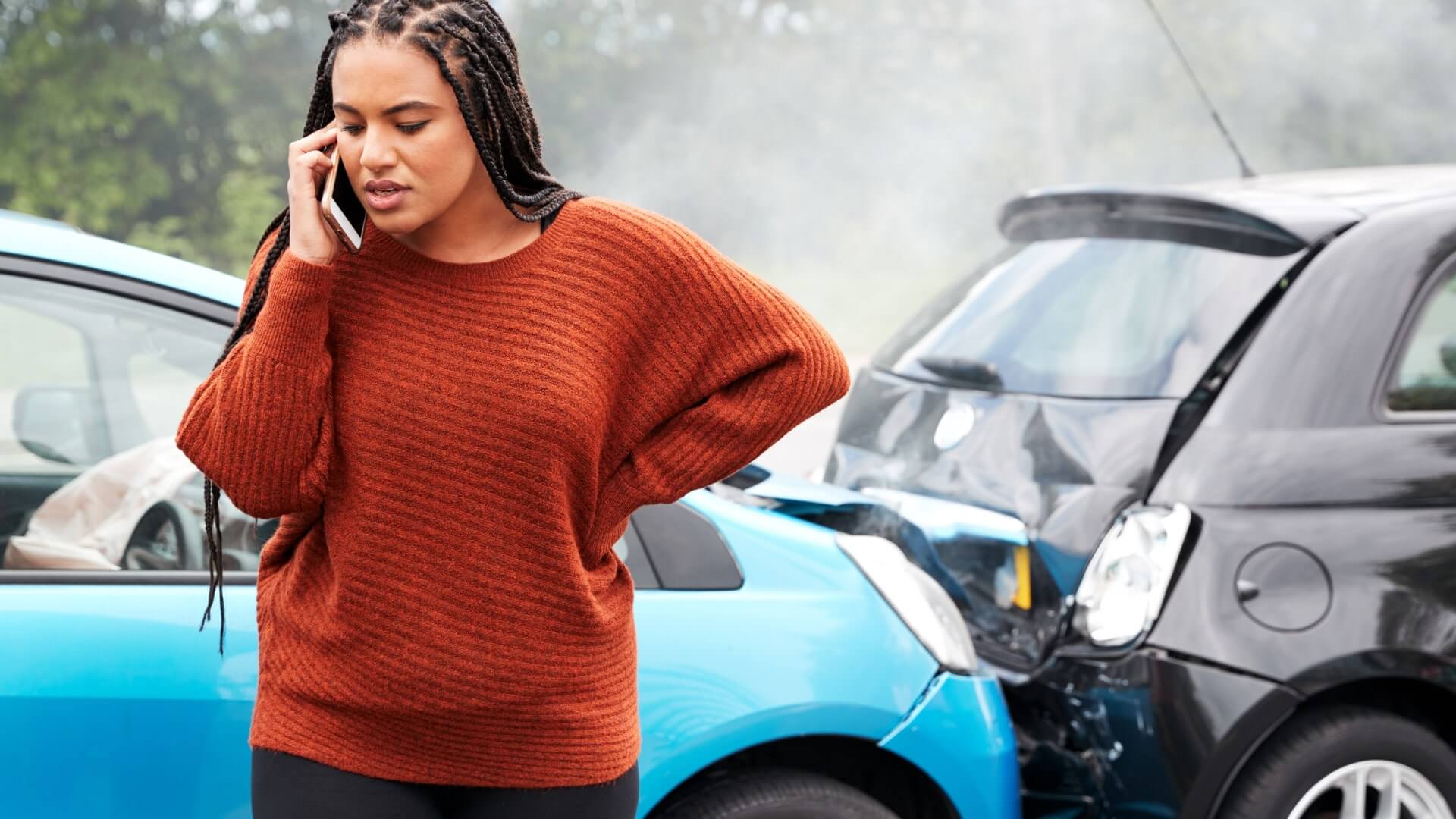
The Biggest Mistakes People Make After an Accident Causing Personal Injury
Discover the critical mistakes people make after injuries that can damage their compensation claims and learn how to avoid these costly errors. read more

Financial Struggles After Accidents: Recovery & Legal Options
Explore the financial impact of injuries, from medical debt to lost wages. Learn legal options, coping strategies, and support for recovery stability. read more

Emotional Trauma After an Accident: Understanding Your Rights and Recovery
Discover how emotional trauma after accidents affects mental health and daily life. Learn about your legal rights and the recovery journey to healing and compensation. read more

Motorcycle Accidents: Types of Injuries, Settlements, and Your Rights
Learn about motorcycle accident causes, safety tips, and legal rights. Comprehensive guide covering injury types, injury settlements, and steps to take after an accident. read more
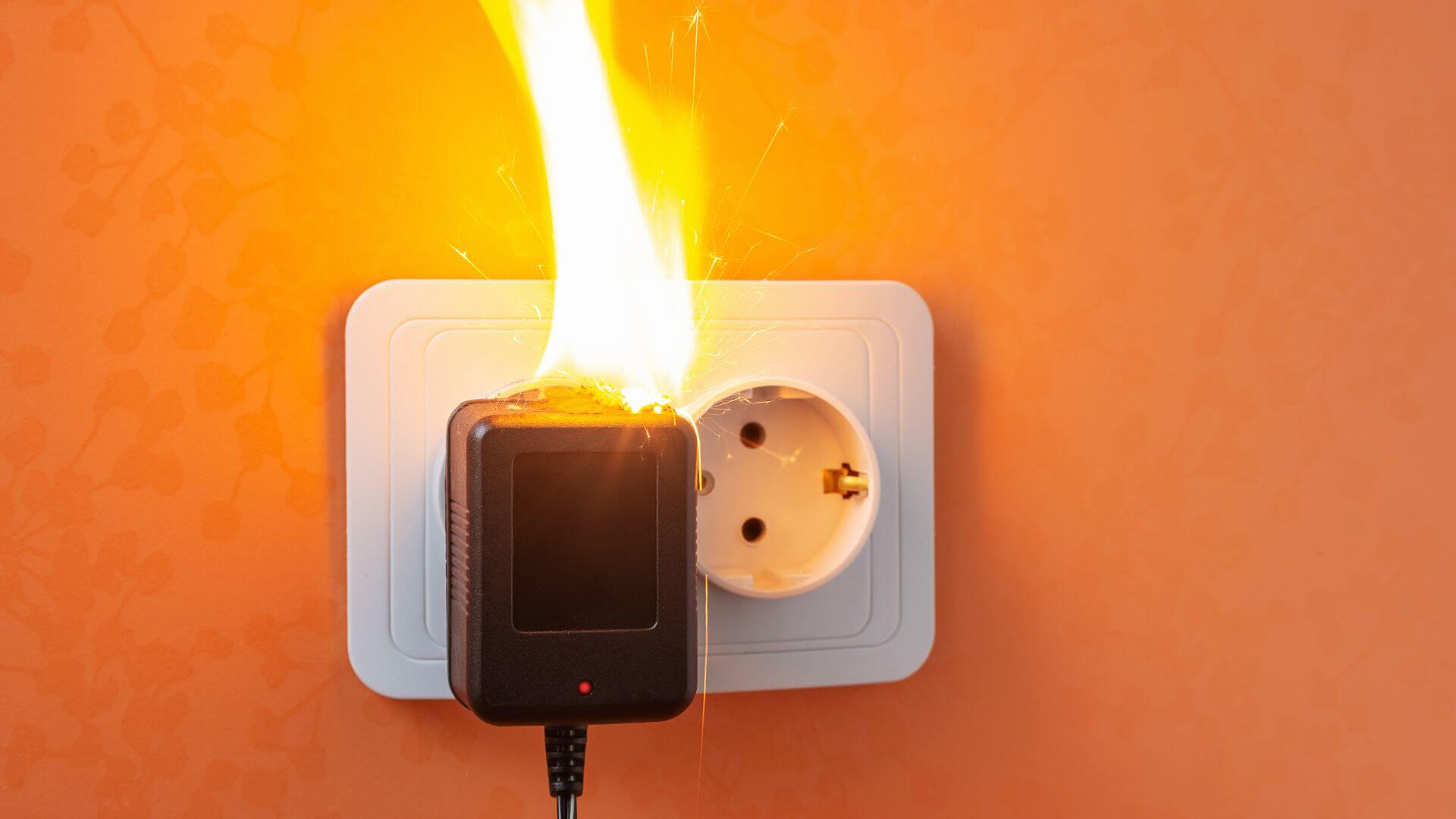
Product Liability in California: Protecting Consumer Rights
Learn about California product liability law, including types of defects, liable parties, and compensation available for injuries caused by defective products. read more
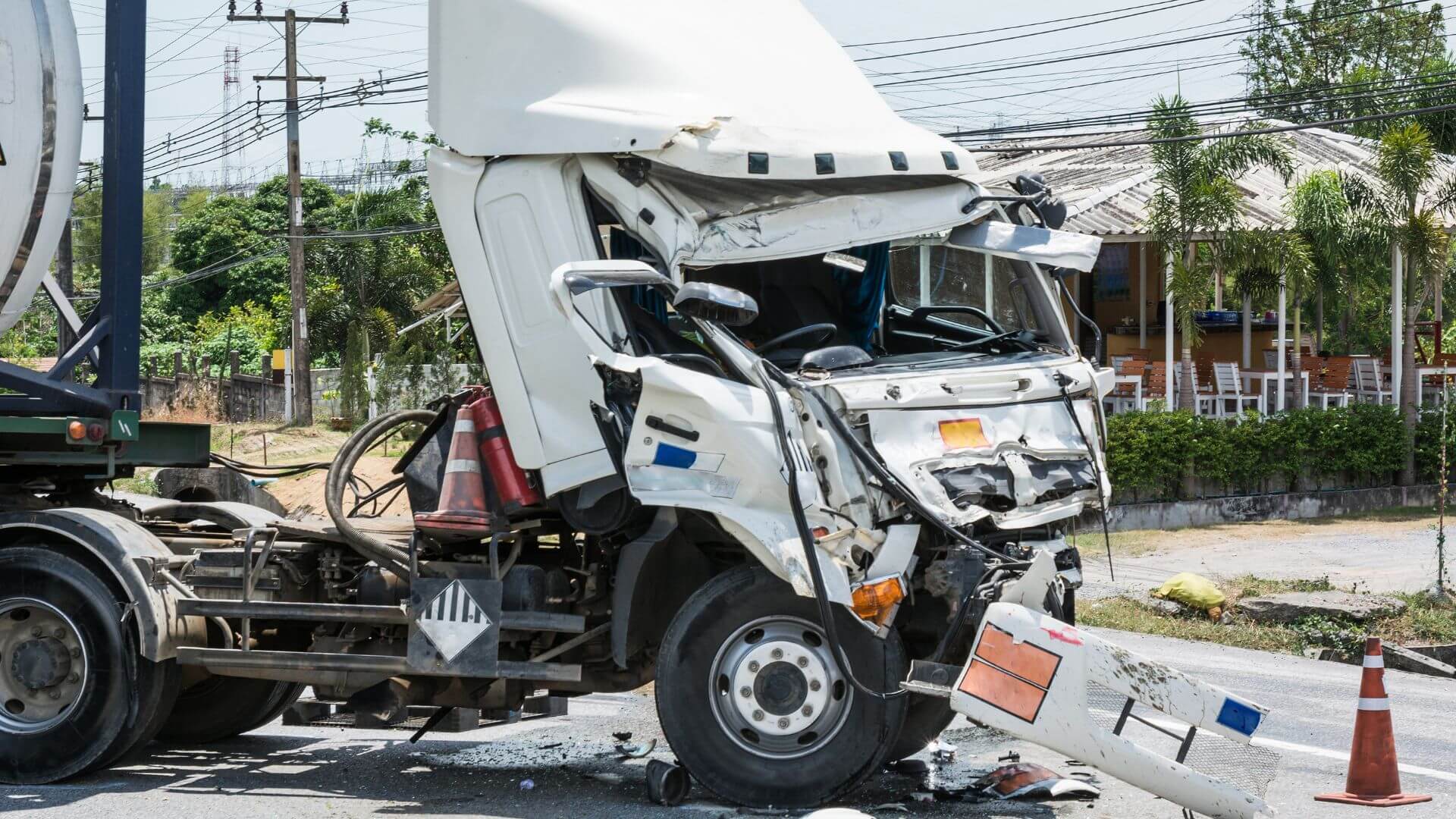
What Does a California Truck Accident Lawyer Do?
Learn how an experienced California truck accident lawyer can help maximize your compensation through expert investigation, evidence preservation, and strategic negotiation. read more

What is Premises Liability Law: Responsibility, Examples, and Common Types
Imagine walking through a quiet shopping center, enjoying a peaceful afternoon, when suddenly a wild Canadian goose darts out, knocking you over and fracturing your hip. It may sound far-fetched... read more
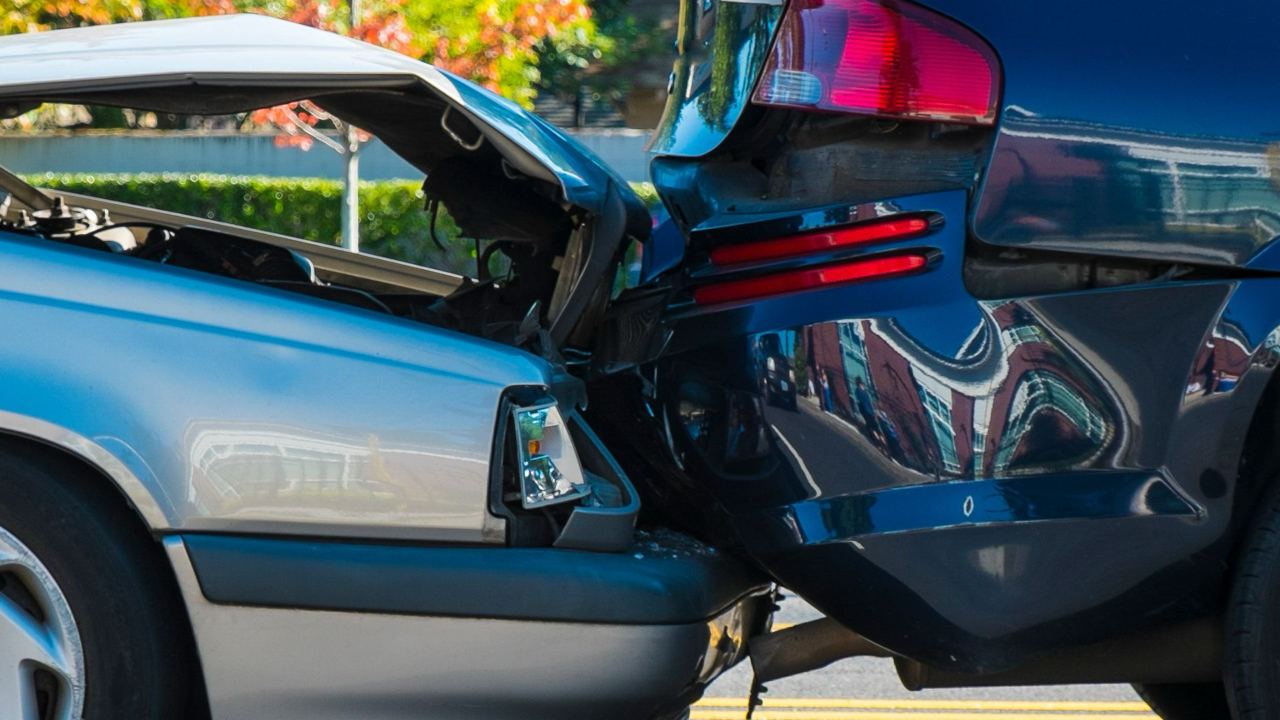
What to Do if You’ve Been in a California Car Accident?
If you’ve been in a car accident, you might be overwhelmed with the experience and what to do next. Your priority is your safety and health, and if you have been injured, getting the support you need to recover. read more

How long does it take to settle a pedestrian accident in California
When estimating the duration of a pedestrian accident settlement, it's important to consider all the factors that can influence the process. read more

California Prop 213 and Its Impact on Car Accidents
Proposition 213 was created in 1996, as a way to encourage motorists to get and maintain insurance. read more
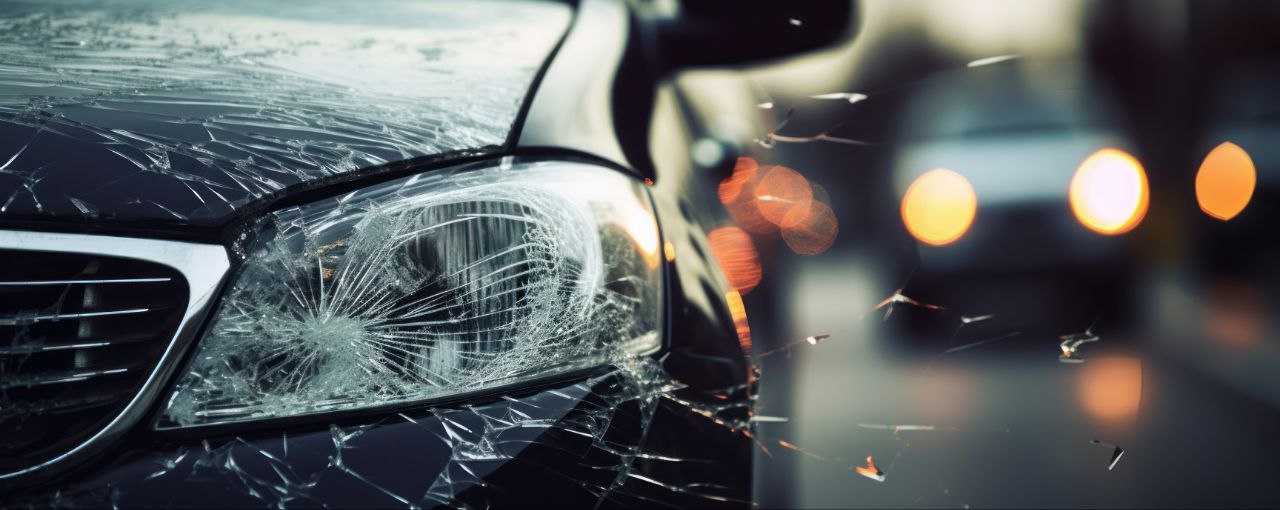
How Much to Expect from a Car Accident Settlement in California
Car accidents are unfortunate events that can result in significant physical injuries and extensive medical treatment. read more
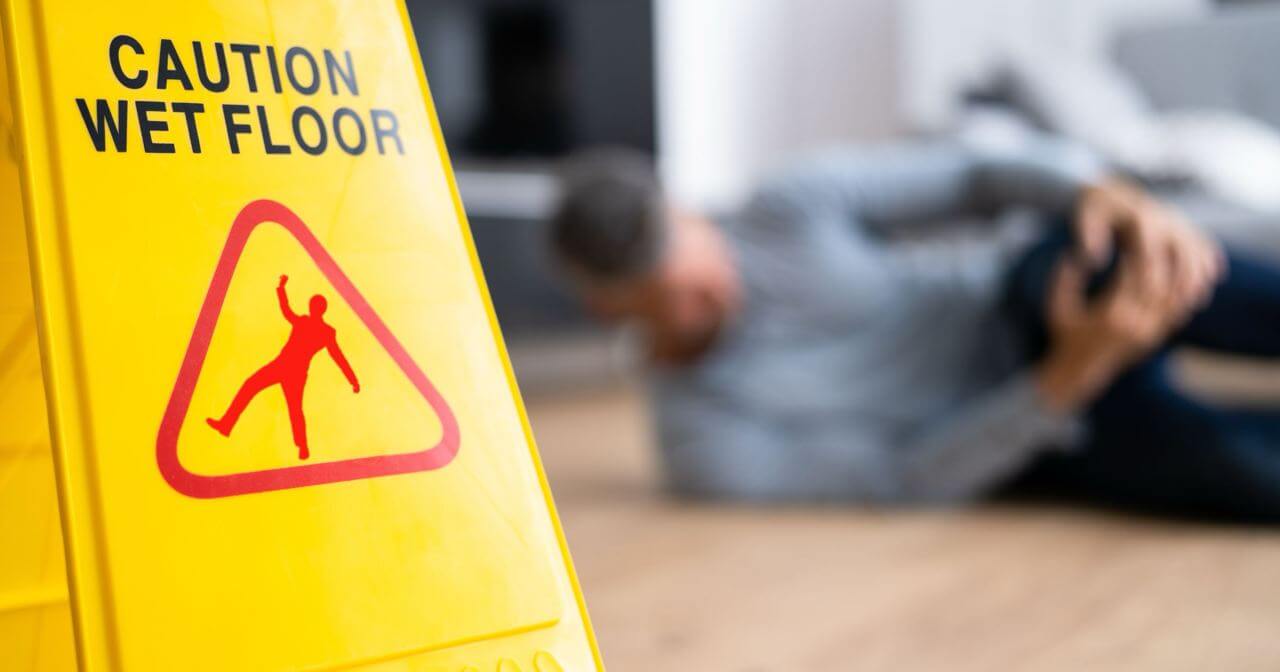
What to Do After a Slip-and-Fall Accident
This guide, while not a substitute for legal or medical advice, can help you figure out what to do in the short- and long-term after you’ve had an accident. read more